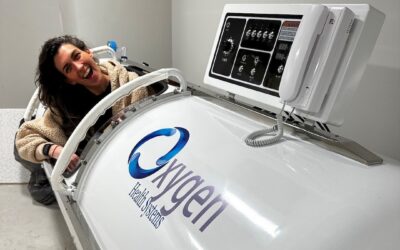Arthritis and injuries can ruin your joints, leaving them painful, creaky, and stiff. For years, the standard treatment was to mask the pain with medication or replace the joint surgically.
We have a better way to deal with joint pain — platelet-rich plasma (PRP) therapy.
Dr. Leonard Kaplan and our team at OWM Integrative Wellness in Buffalo, New York, specialize in joint injuries and advanced PRP therapy. We were the first in this region to integrate ultrasound guidance in the PRP treatment, and we’re one of the few who use a technique that treats the entire joint with multiple injections.
Here, Dr. Kaplan explains the science behind PRP and how it has revolutionized joint pain treatment.
PRP 101
Your blood contains natural healing properties that help repair damaged and diseased tissues, such as strained muscles, stretched and torn ligaments and tendons, and bone fractures. But the healing process is slow. PRP accelerates the timeline by creating a super-concentrated serum of your blood’s healing properties and injecting it into the damaged tissue.
Blood components
Plasma is the liquid part of your blood. It’s mostly water but also contains antibodies, sugar, proteins, and other nutrients. Plasma carries red and white blood cells throughout your body.
Platelets are another component in your blood. While they don’t have any healing powers, they secrete growth factors and proteins that do. Platelets also help your blood clot, an important aspect of healing.
Platelet-rich plasma
We create PRP by drawing a small sample of blood from your arm and spinning it in a centrifuge at high speed to separate it into distinct layers. Your red blood cells sink to the bottom of the tube. Above sits a thin substance called the buffy coat, topped by two layers of white blood cells.
Dr. Kaplan extracts the buffy coat and the upper plasma layer and spins it again to create two more layers: platelet-rich and platelet-poor plasma. He then extracts the platelet-rich layer — a powerful serum containing up to 10-12 times more platelets than your regular blood.
How PRP heals your joints
Platelets release growth factors to promote cell regeneration. They’re responsible for creating new tissue like collagen and cartilage and generating new blood vessels in and around those new tissues.
In addition to tissue repair, PRP reduces inflammation. As blood flows to an injured or arthritic joint, it brings along various nutrients to help heal the damage, but the flood of these components causes swelling that can lead to scar tissue, increased pain, poor healing, and compromised functionality.
PRP dramatically reduces inflammation and speeds up the healing process, encouraging healthy tissue regeneration.
Dr. Kaplan boosts your PRP therapy with prolotherapy, ozone and peptide therapy to bathe your joint in reparative healing properties. He injects your injured joint several times at strategic locations and depths, guided by ultrasound technology to ensure complete coverage of your joint capsule.
PRP aims to heal your joint from within using the properties in your own blood. It’s well-suited for conditions like:
- Osteoarthritis of the knees, hips, shoulder, elbows, and ankles
- Rotator cuff tears
- Achilles tendonitis
- Tennis elbow
- Repetitive stress injuries
- Jumper’s knee
PRP can delay or eliminate your need for surgery and medications by reducing inflammation, increasing lubrication, and revitalizing new tissue.
Wondering if PRP Therapy is Right For You? Contact OWM Integrative Wellness Today.
To find out if PRP can heal your painful joints and get you moving again, contact OWM Integrated Wellness online or by phone and schedule a consultation with Dr. Kaplan.




